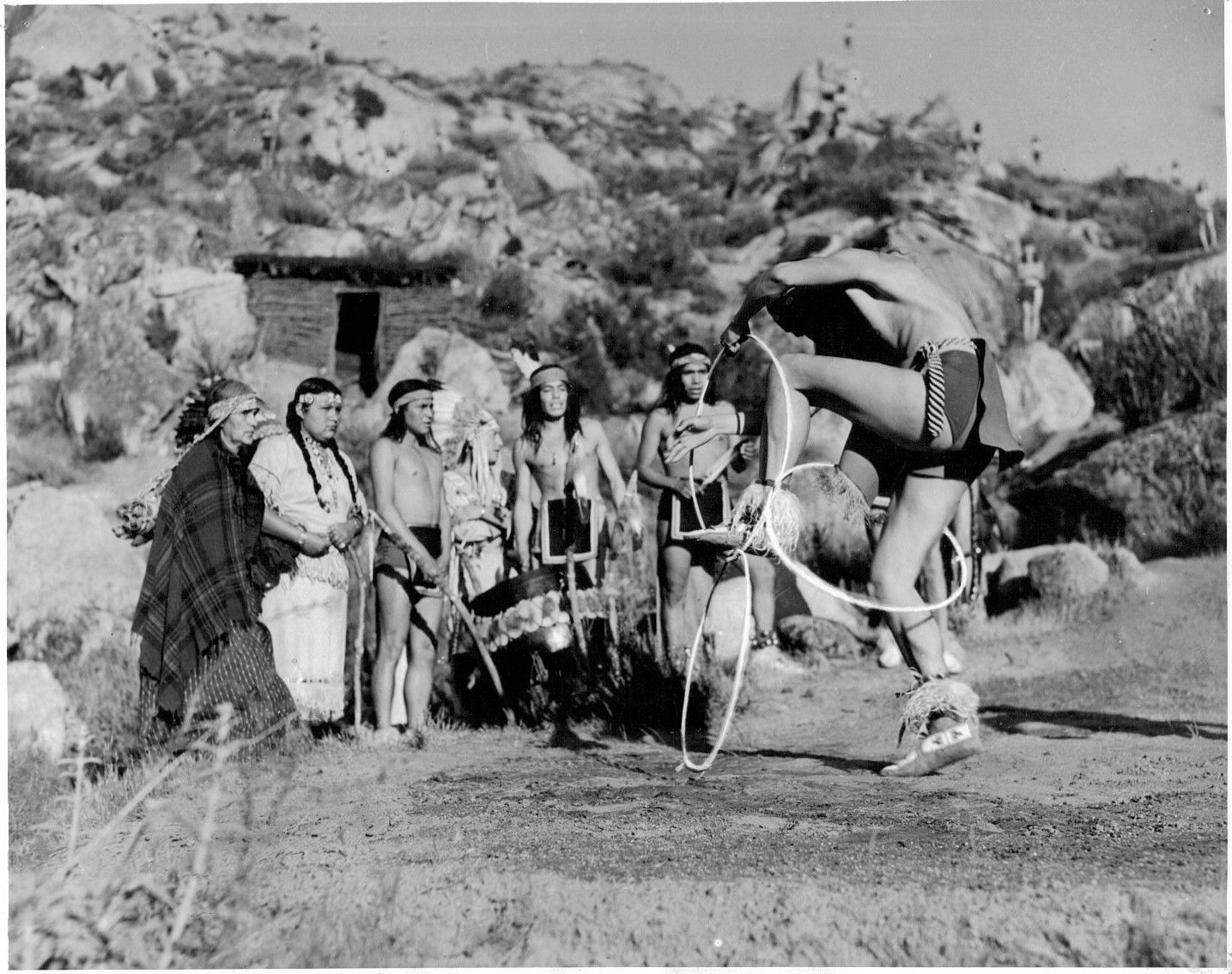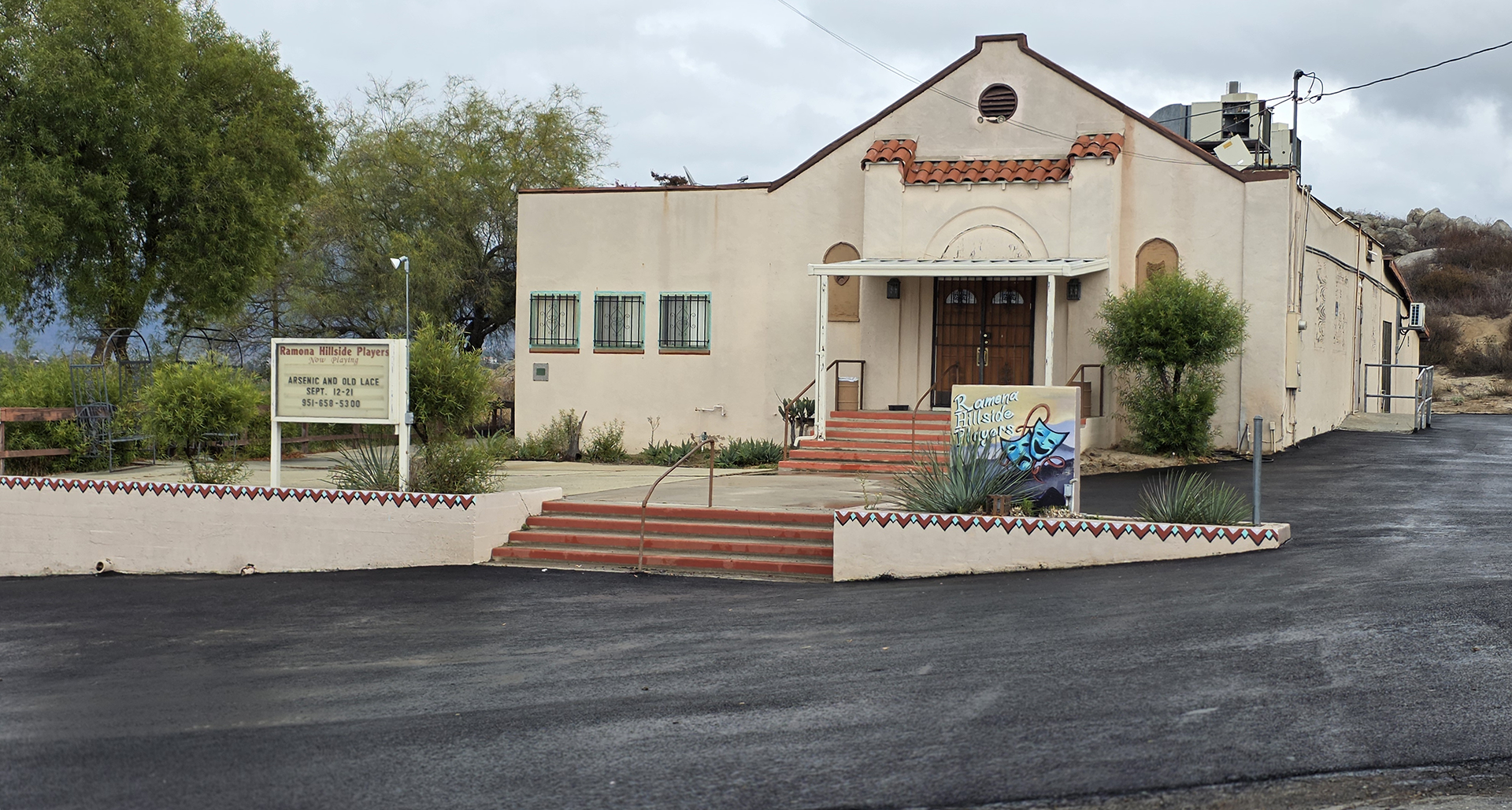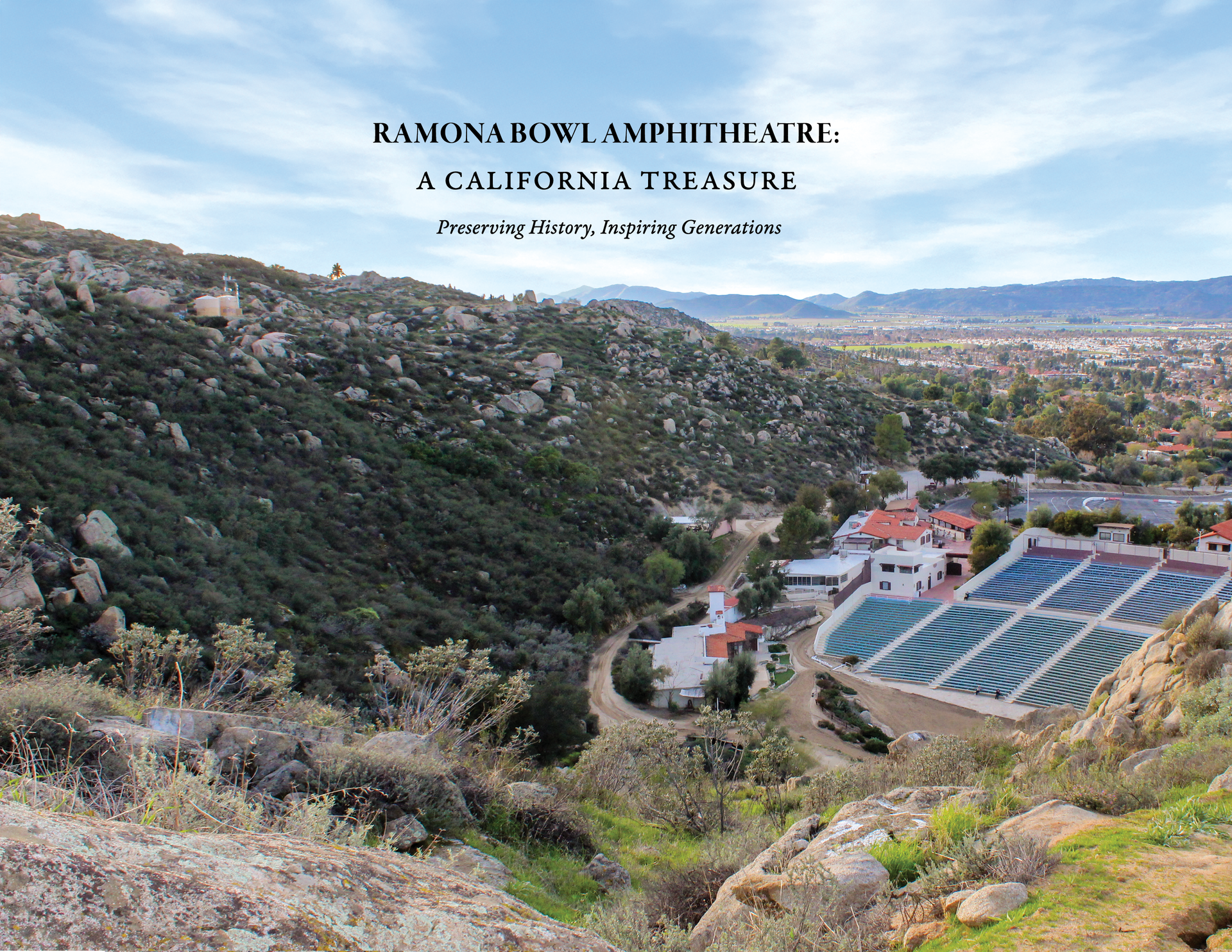The Elder Blessing Scene by Duane Minard
The Elder Blessing Scene
by Duane Minard, Artistic Director,
102nd Season of "Ramona"

The Elder Blessing Scene, as it has been named ever since I first got involved in the Ramona Pageant in 1999, has always had a special place in my heart. The pageantry and beauty that countless audience members have witnessed and enjoyed are magical. Not surprising to a person like me who grew up and lived on an Indian Reservation in Bishop, California. I am a Paiute/Yurok Native American and have been dancing and singing since I was seven years old. And I knew the secret of that scene when I first saw it.
The same feelings that the audiences feel, I have had my whole life. It’s the music, songs, and dances coming together from the beat of the “big” drum to the movement of the dancers with the beat and the songs. Most of the dances are what are called Pow Wow style dances. We have Grass Dancers, Fancy Shawl, and Hoop dancers moving to the sound of the heavy drumbeats. These dances have been handed down, danced, and re-imagined over the past 100 years or more. Today, these dances provide a sense of pride for those who participate in them. They give hurting people purpose and provide healing and physical exercise for our bodies. They provide calm and clear minds for those who need that. So, it’s not the name of the dance that is important or that makes the dance important. It’s the transition of the dancer connecting to the beat and singing that makes the “dance” matter. It’s hard to pinpoint the origin of each dance or song. Native people have shared and reshaped Pow Wow dances and songs for a hundred-plus years.
The important thing to remember about this scene is that it is a celebration and sharing of past and present Native culture to the world. And letting the world determine their worth. And if the audience’s reactions are any measure of the songs and dancing value. The answer is priceless. Please enjoy the sights and sounds of this event and remember to thank the dancers and singers. That is a Native tradition, too.
Share this Article




